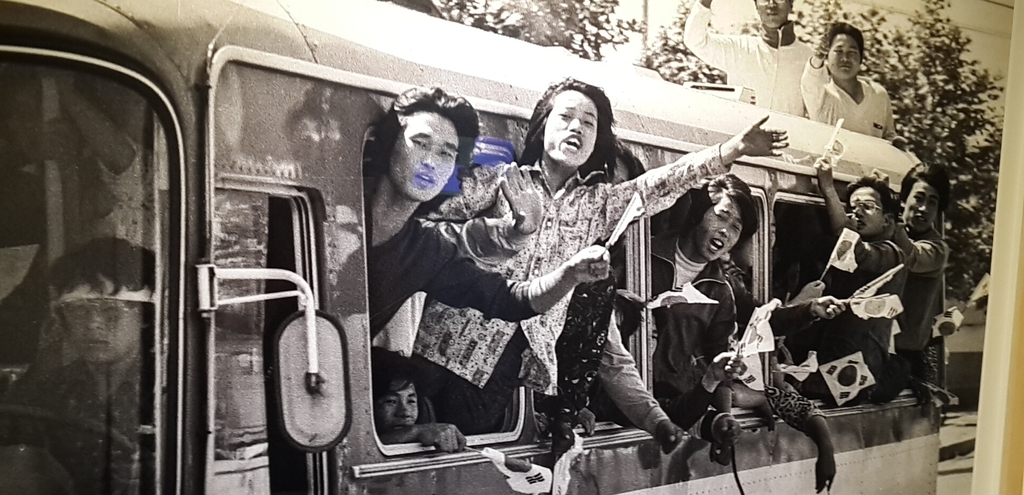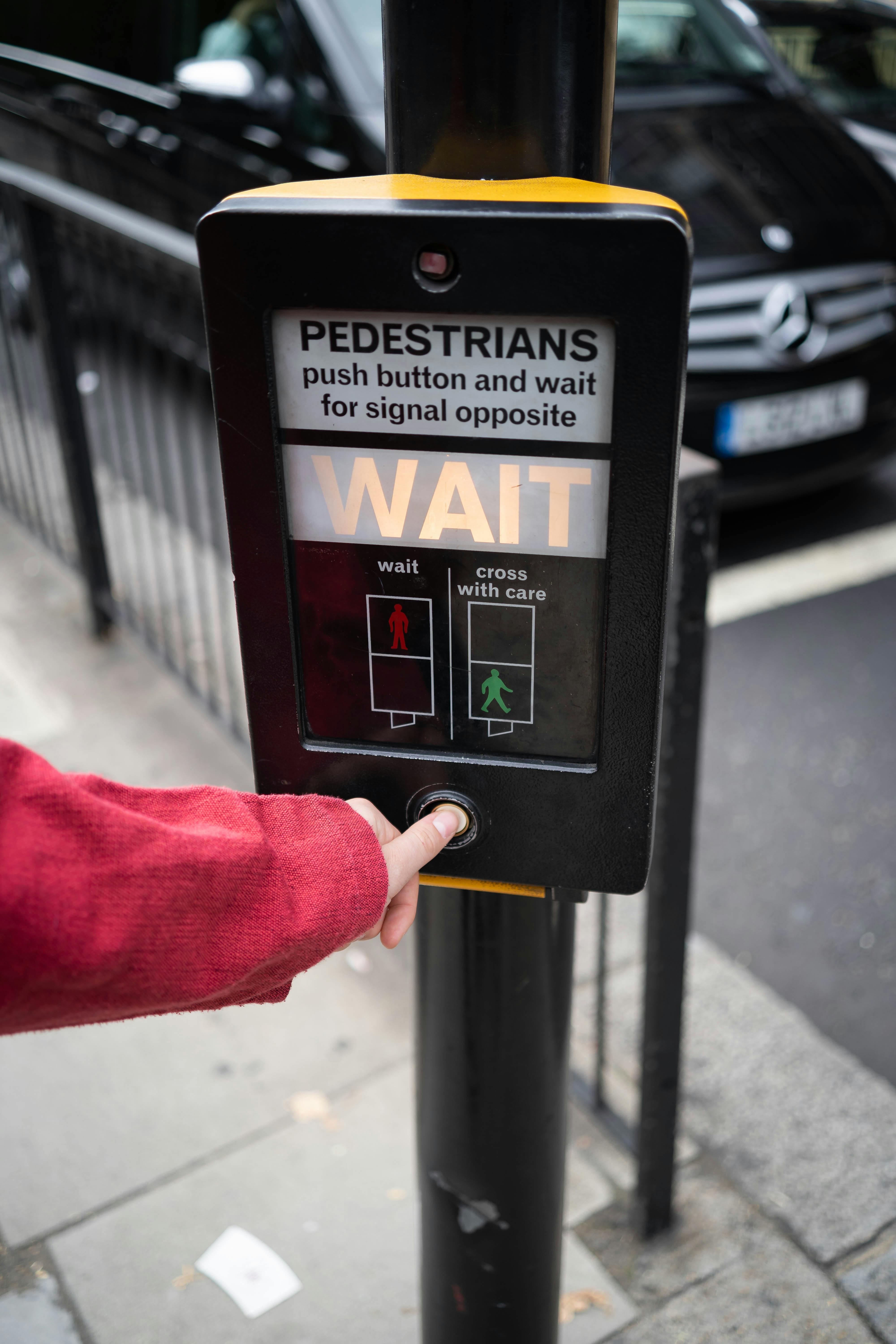There has long been a debate as to whether history can or should be taught through film because of conflicts with historical accuracy and truthfulness. Though it seems that even with such issues, there is always something that a person can learn about history through films. Such films could introduce people to aspects of the past that can be best expressed through a visual medium and it can evoke further inquiry into the subject matter. This is the experience that I had watching a film earlier this fall.
Like several other recent South Korean Films, A Taxi Driver, is a film based on a true story of a German reporter and a Korean taxi driver trying to safely make their way into the city of Gwangju to expose to the world the truth behind the atrocities taking place against the people of Gwangju. This film was directed by Hun Jang with a cast of well-renowned South Korean actors, as well as a German actor who brought this story to life. This film won three awards and was nominated for fifty awards that covered all areas ranging from best actor and director to best cinematography and music.
It can be argued that like many other historical films, it was dramatized and sensationalized, but there was still an element of authenticity to the story. In 1980, there was a real German reporter, Jurgen Hinzpeter, a real South Korean taxi driver, Sa-bok Kim, and an actual tragedy that took place in Gwangju. Had this film not been released, younger generations and people who were not exposed to Hinzpeter’s report would most likely have little to no knowledge about the Gwangju uprising, which was a pivotal moment in modern South Korean history.
It is difficult to briefly summarize the Gwangju uprising in a short article, but the following will attempt to summarize this crucial moment in South Korean history. According to Britannica, in the city of Gwangju during May of 1980, about 250,000 people participate in a protest against the the military rule of South Korea in the hopes of initiating democratic reform. The conflicts began when brigadier general, Doo-Hwan Chun became the chief of the Korean Central Intelligence Agency under president Kyu-Hah Choi. Upon his appointment, Chun then established martial law. There were massive protests against the military state that took place all across the Republic of Korea.
The city of Gwangju was considered the core of the pro-democracy movement. This is point point where the film tells the story of the German reporter and the South Korean taxi driver. The major events of this conflict took place between May 18 and May 21, 1980. 600 students went to Chonnam National University on May 18 to protest. Participants were assaulted by government forces. As a result, citizens who were not students joined the protest.
Under the approval of the United States, Chun sent special forces to Gwangju to deal with the protests. This escalated the violence against the protestors. As a result, citizens became armed with weapons to protect themselves. Protestors were up against 18,000 riot police and 3,000 paratroopers. After six days of “liberation” from martial law, the military brought in tanks, armored vehicles and helicopters to attack Gwangju on May 21. The attack squandered the protests. Still to this day, there is speculation of exactly how many people were killed. The government claims that about 200 people were killed, whereas citizens claim that number is more like 2,000.
The film starts off at the time that the Gwangju protests begin in May. In the film, it depicts Gwangju essentially being blocked off from the the rest of Korea and the outside world. The only source of information from inside Gwangju was the news, who were forced to portray the protests in favor of the military. One foreign journalist, Hinzpeter, hears about what was taking place while in Japan and decided to go to Korea, sneak into Gwangju and gather information to show the world the truth behind what was occurring.
Getting into Gwanju was nearly impossible and dangerous for those not welcome. Hinzpeter, with the help of his taxi driver, Kim, managed to pass through barricades to get into the city. While in Gwangju, he documented the protests and the violence by camera. I cannot be sure what details of the film actually occurred when it comes to the relationships that characters of Hinzpeter and Kim had, or the specific experiences of each person portrayed in the film. Regardless, the film portrays the camaraderie among the people of Gwanju, their eagerness to expose this atrocity to the world, and the struggles they faced going up against the South Korean military.
Films like these, are the reason that aspects of history can be taught through film. Viewing this film starts the conversation and influences a person to research further into a subject. This kind of film can be a valuable tool because without it, these small, but important moments in history may have very well been overlooked. Jang connects the audience to these characters on a basic human level. The emotions experienced by the characters are also experienced by the audience. It is as if the audience is alongside them for the journey, both in good times and bad.
For those interested in viewing this film, it is currently available to rent on Amazon.
By Rachel Son




